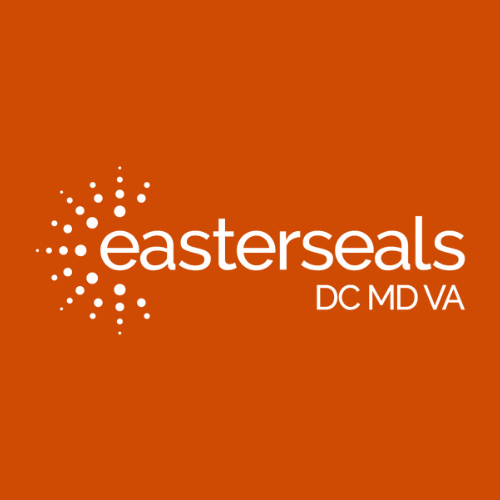What is Easterseals, DC MD VA known for?
Easterseals, DC MD VA is a multifaceted nonprofit organization with the goal of enriching lives and expanding opportunities for children and adults in the Washington DC, Maryland, and Virginia (DMV) area, including people with disabilities and military backgrounds. We are an independent affiliate of the national Easterseals organization, highly focused on the needs of our local community in the greater Washington, D.C. area.
What were the challenges that brought you to work with your Keyrus?
The principal challenge Easterseals faced before implementing AWS solutions was siloed data. We experienced rapid growth and launched several new programs, each with its own data systems and reporting mechanisms – more than 17 core data systems did not interface. Answering simple questions like “How many people with autism or Down Syndrome do you serve?” became a complex project that involved collecting data across several programs, manually analyzing it, and then reporting findings. It would sometimes take days to get an answer.
We needed a way to aggregate and visualize our data in a secure, cost-effective way. With this goal in mind, we applied for and won the AWS Imagine Grant. Last year with the help of AWS, we stood up dashboards for our CDC programs. This year we wanted to expand on those dashboards and continue to grow our use of analytics. Part of that process was getting support from Keyrus as they are an AWS partner with a strong focus on helping NFPs advance their missions.
Why was this challenge a priority to solve?
As the project evolved, we experienced changes in the source data and changes in requirements from stakeholders. For example, we had issues trying to present a metric in a proportion form or had issues with data deduplication. Keyrus helped us solve data-related issues which allowed us to trust that the data we presented was both complete and correct.
Keyrus not only recommended quick-fix solutions to ensure we could leverage the data we had quickly but provided us with both short-term and long-term solutions to address some of our underlying challenges. They advised that we should resolve these issues on the backend as much as possible to increase efficiency and reduce preprocessing time. Preprocessing data on the backend before data is even pulled into Quicksight enabled us to increase efficiency and reduce lag time when generating insights.
Given that this was our POC, our first use case for the data lake, we needed to deliver a winning product – a dashboard that reported accurate data in a timely fashion. Keyrus helped us get to that point. Our CDC dashboards (one of several programs at Easterseals) are now regularly used by our fundraising and marketing teams. We are running production workloads and are able to report metrics such as the number of children served, their demographics, enrollment trends, and perform ad-hoc calculations.
One of our strategic imperatives as an organization is to leverage insights. We want to be a data-informed organization to enhance programming, decision-making, organizational efficiency, fundraising, and image. One way we plan to do this is by developing the capacity (both in terms of data architecture and human resources) of our organization to deliver regular reporting and answer critical questions with high-quality, trusted, and actionable data. Our engagement with both AWS and Keyrus is a critical component of getting us there.
How has your collaboration with Keyrus benefitted your organization?
Generating reports now, once the data is pulled, takes seconds when it used to take days. Leadership, marketing, and fundraising teams now have program metrics from the child development centers (one of several programs at Easterseals) at the ready to create presentations, public-facing communications, and grant proposals at a much higher velocity.
Most importantly, as we continue to ingest data from other programs, Easterseals will have the metrics to show our stakeholders—parents, participants, and caregivers—the impact that its services have on solving big problems like school preparedness for students, reducing isolation in senior citizens, or veteran reintegration. For example, we can analyze surveys and feedback from our veteran population with job placements to determine which industries or geographical areas are hiring veterans and what their level of job satisfaction is. We can say with confidence, “We listened to your feedback, and here is how we’re making change to improve the lives of our participants.”
